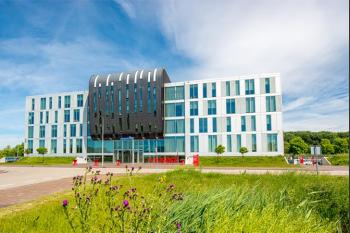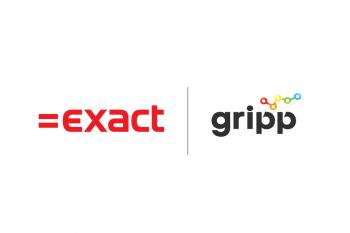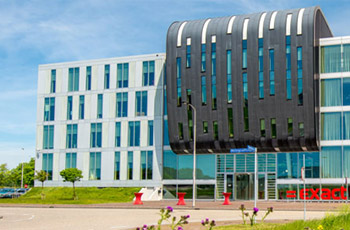News
CFO Alexander Rahusen on Exact's acquisition strategy

Alexander Rahusen became Exact's new CFO in January 2020 after more than 23 years in various roles at ABN AMRO. Since the beginning of 2020, Exact has further strengthened its leading position in the Benelux software market with a number of strategic takeovers, such as the recently acquired Gripp, Unit4 Bedrijfssoftware, Officient and, only last June, go2UBL. Alexander talks about Exact's acquisition strategy, and what we consider for a potential takeover.
Joint growth potential
Not every financial SaaS company is suitable for Exact's ever-expanding portfolio. Alexander Rahusen assesses potential candidates based on various hard KPIs and the company's strategic complementary qualities. Alexander says that there has to be strategic synergy with Exact's portfolio. "However, the stand-alone business case – is it a healthy enterprise with potential growth – is always the starting point. Then we look at how we can help the candidate grow faster as part of Exact. We see joint growth potential as the most important driver of value creation."
Snowball fight
In the end, it is all about the performance of the potential takeover candidate. For SaaS this means subscription services, with Annual Recurring Revenue as the most important metric. "We specifically look at the 'snowball'", Alexander explains. "The ARR is split into various elements, such as new subscriptions, up-sell, down-sell, cross-sell and churn. Of course, we also look at the relationship between revenue growth and margin based on certain rules of thumb, such as the 'Rule of 40', the sum of growth and margin."
The profit and loss account is also an important criterion, as with any acquisition. "What is the composition of the revenue: what percentages come from subscriptions, consultancy and other products and services? What is the gross margin and how high are the operating costs? Within the costs, we mainly focus on whether the R&D and marketing/sales costs are in line with the expected revenue. The ratio between revenue growth and profitability has to be right."
What phase is the company in?
Alexander explains that these indicators say a lot about the company's quality, the revenue and the business plan. "Are the costs in line with the stage the enterprise is currently in and the market that it is part of? For example, if a relatively high part of the revenue comes from consultancy, this may mean that the software or solution is not yet sufficiently scalable because of the long onboarding process." It is also important that the company incurs the right costs to ensure continued growth and business development. "What costs are incurred to attract new customers and how long does it take to recover those costs?"
In principle, the phase an acquisition candidate is currently in should not be an impediment, as long as all the other elements are just right. "In fast-growing – often young – companies, the focus is more on growth and a little less on the underlying EBITDA margin because costs often precede the benefits at this stage", Alexander says. "After a while, this growth slows down in many companies as they focus more on rationalising their operating costs. Of course, the combination of the EBITDA margin and scale has to show a positive trend."
And then there is the key question. According to Alexander Rahusen, what ultimately determines the company's value? "The key valuation driver is the growth of SaaS revenue combined with the scalability of the business model."


